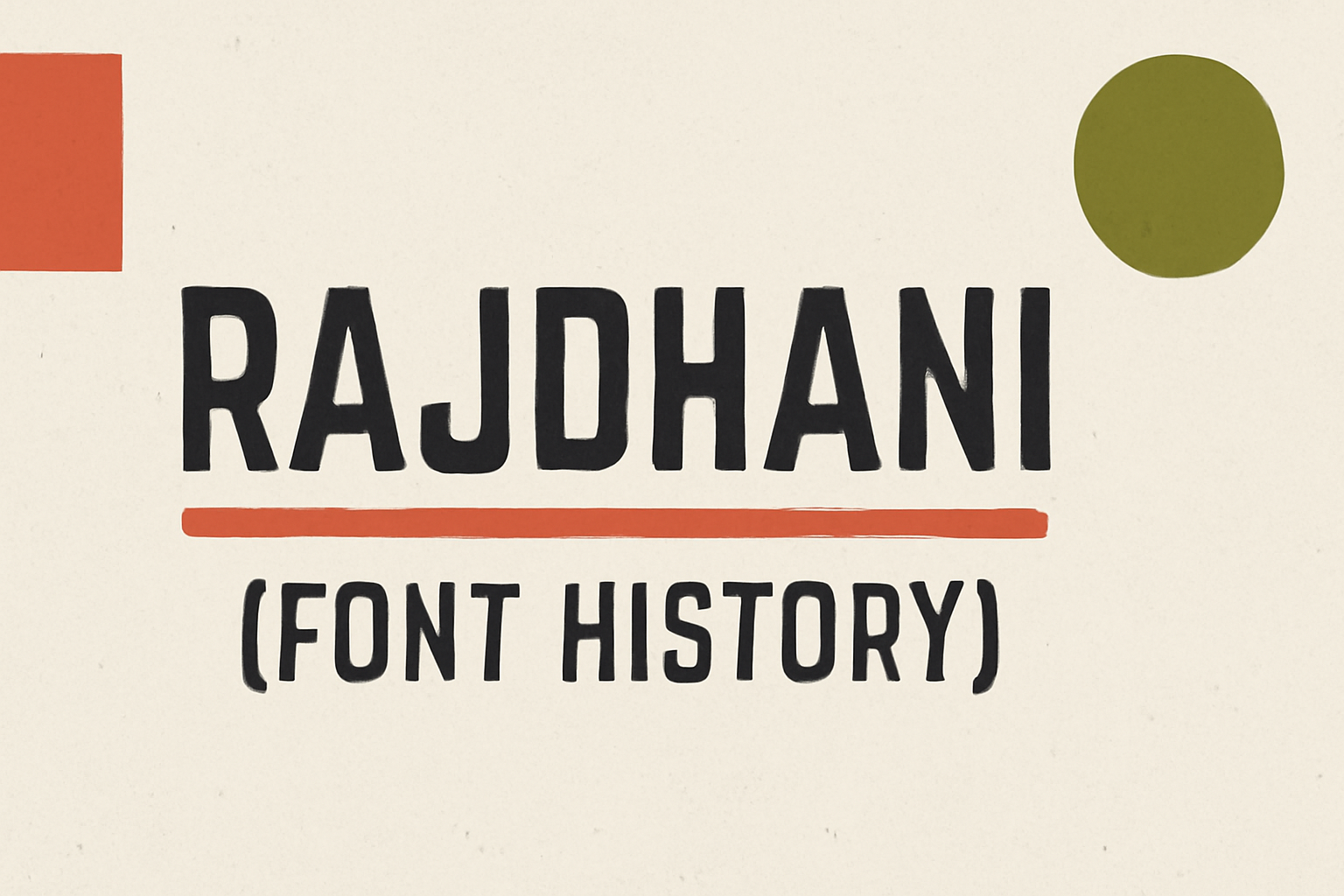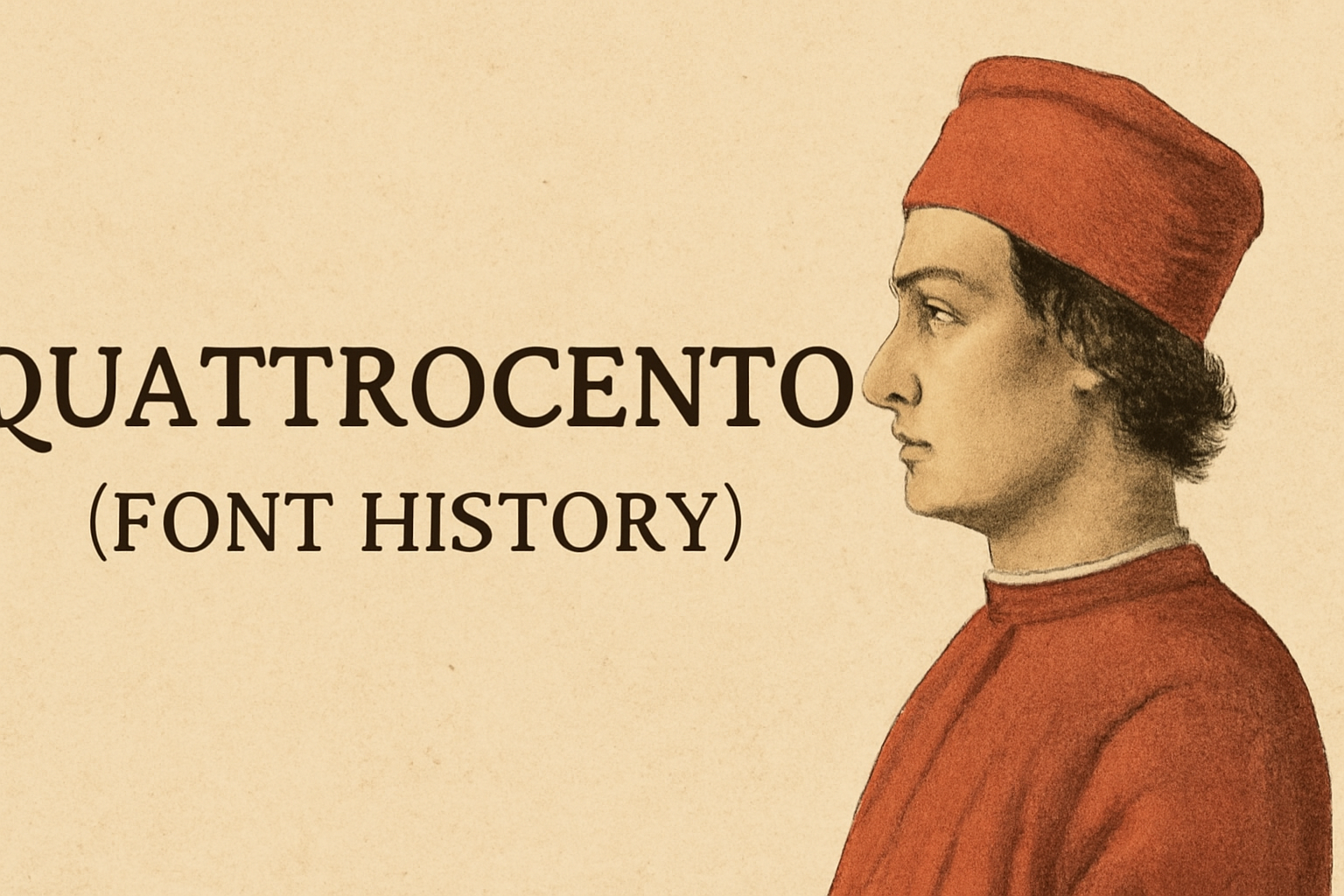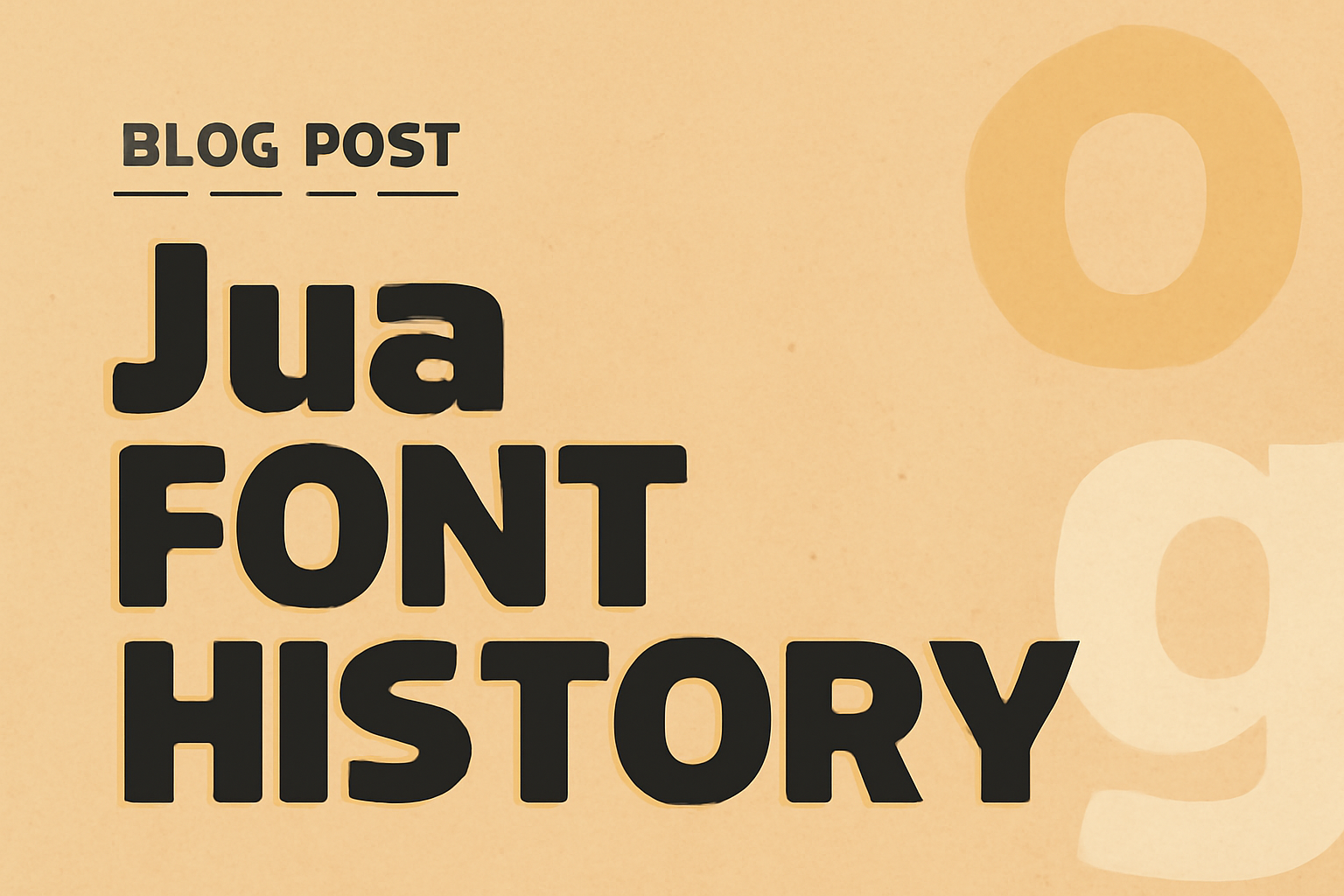Kurale is a unique typeface that combines elegance with versatility. Developed by the Indian Type Foundry in 2011, it draws inspiration from traditional serif fonts but adds a modern touch. Kurale stands out with its soft shapes and distinctive curls, making it both readable and captivating. Its versatility extends across multiple scripts, including Latin, Cyrillic, …
When exploring the world of typography, Quintessential stands out as an intriguing font choice. Created in 2012 by Astigmatic (AOETI), this typeface captures a blend of elegance and casual charm, drawing inspiration from classic calligraphic styles. Quintessential offers a versatile option for designers looking for a clean yet sophisticated script. The Quintessential typeface, with its …
Reem Kufi is a typeface that brings a modern twist to the traditional Kufic script. This font draws inspiration from early Kufic designs, especially those of the renowned calligrapher Mohammed Abdul Qadir. Known for its striking appearance, Reem Kufi is adapted to fit the Fatimid Kufic grid, making it ideal for display settings and titles. …
Ramaraja is a remarkable typeface with a unique story. Originally developed in 2013 by Appaji Ambarisha Darbha, this font supports both Telugu and Latin scripts, making it versatile for various uses like news publications, text, and invitations. Its blend of classical style and modern elegance make it a popular choice for many designers today. The …
The Rajdhani font is a remarkable typographic creation with modern appeal, standing out for its modular letterforms that blend unique style and functionality. Designed originally for the Indian Type Foundry, this typeface skillfully supports both Devanagari and Latin scripts. Its squared, condensed look makes it ideal for both digital screens and print media, where clarity …
Cantata One is a serif typeface known for its unique design and historic inspiration. This font was initially inspired by handwritten letters penned with a pointed pen on an old handmade map of New York City. Such rich historical roots make it more than just a font; it’s a piece of art that captures a …
Quattrocento is a typeface that merges classic style with modern needs, bringing a touch of elegance to both digital and print designs. This typeface features a generous x-height and open letterforms, making it highly readable for body text at small sizes. Its fine details shine at larger sizes, making it an excellent choice for display …
Lemonada, a lively and modern typeface, is a creative blend of Arabic and Latin scripts. Designed by Mohamed Gaber and Eduardo Tunni, it features a refreshing style with rounded, soft edges that make it approachable and friendly. The font’s vibrant design draws inspiration from the Arabic word for “lemonade,” capturing its playful and energetic essence. …
Jua is a unique typeface that has caught the attention of designers for its distinctive style and versatility. Created to serve both Korean and Latin scripts, Jua brings a bold and playful touch to any design project. Its consistent stroke width is a standout feature, making it ideal for grabbing attention in various contexts, from …
Didact Gothic is a sans-serif font designed to enhance learning. With its clean and straightforward letterforms, it mirrors the style often used in elementary classrooms, making it perfect for educational materials. Daniel Johnson created it, and Alexei Vanyashin revised the font in 2017. This font is incredibly versatile and supports a wide range of languages. …










